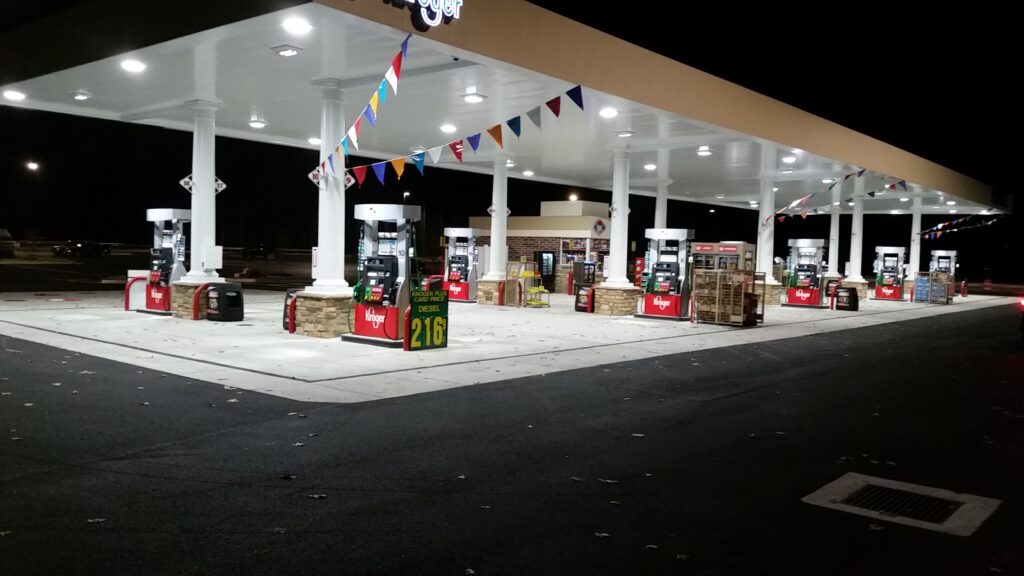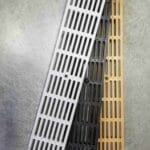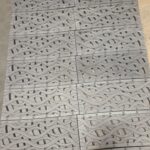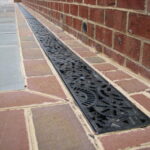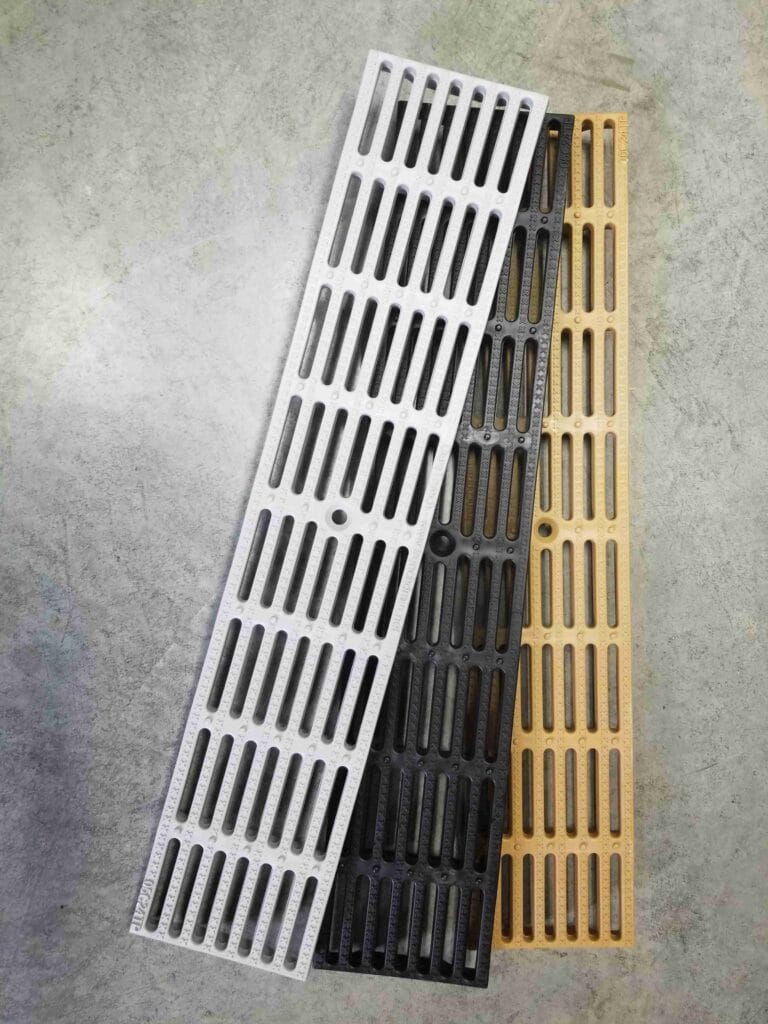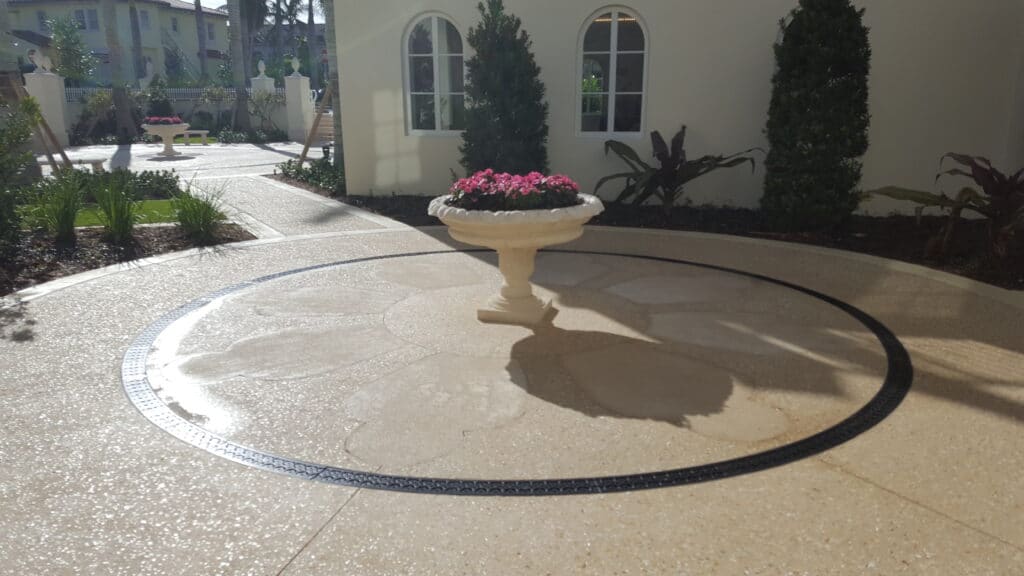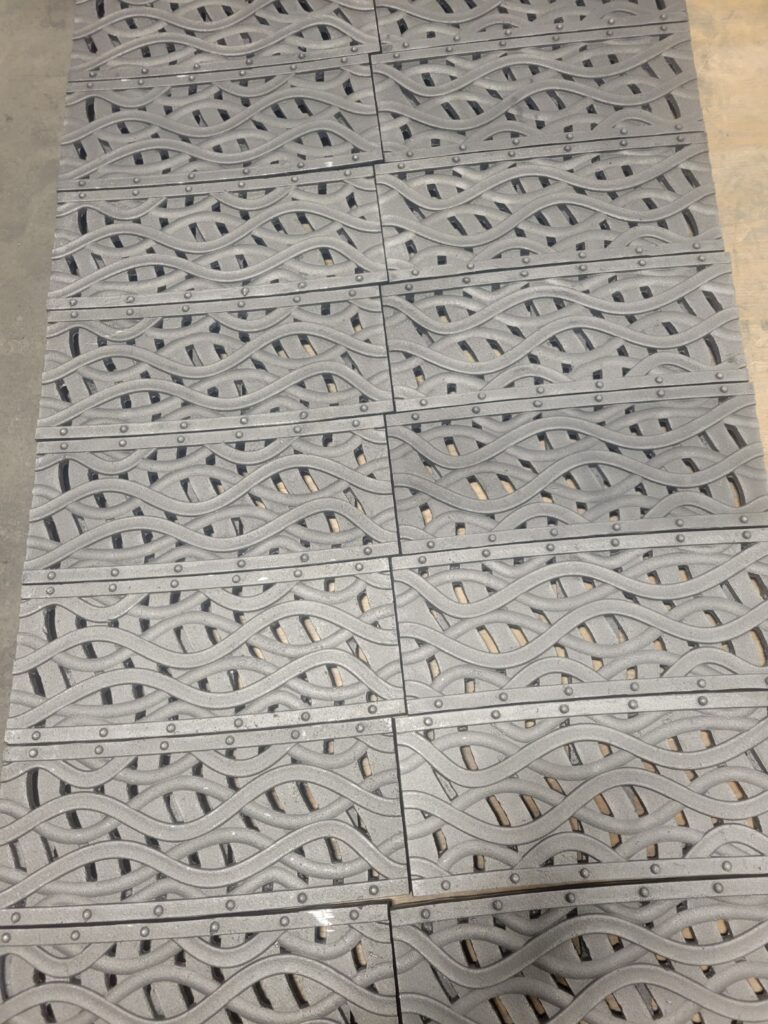What is the difference in a Trench drain and a French drain? Let’s explore….
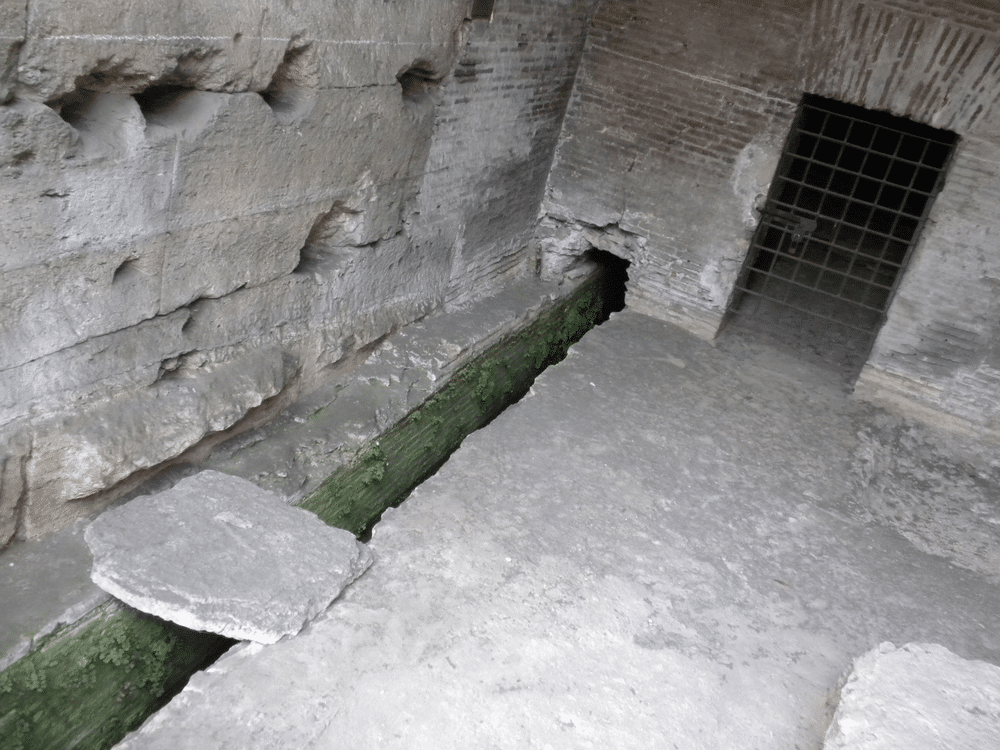
Since the beginning of time humankind recognized that too much water was not a good thing. Excessive pooling and stagnant water causes disease and infestation. One of the earliest ways of getting rid of the water was to channel it to a better location. This was first accomplished using a dirt channel. As civilization advanced and surfaces were paved those channels were cut from stone. Later they were poured with concrete. Finally, today we cover those channels with a grated top to keep the channel safe. The trench drain was born.
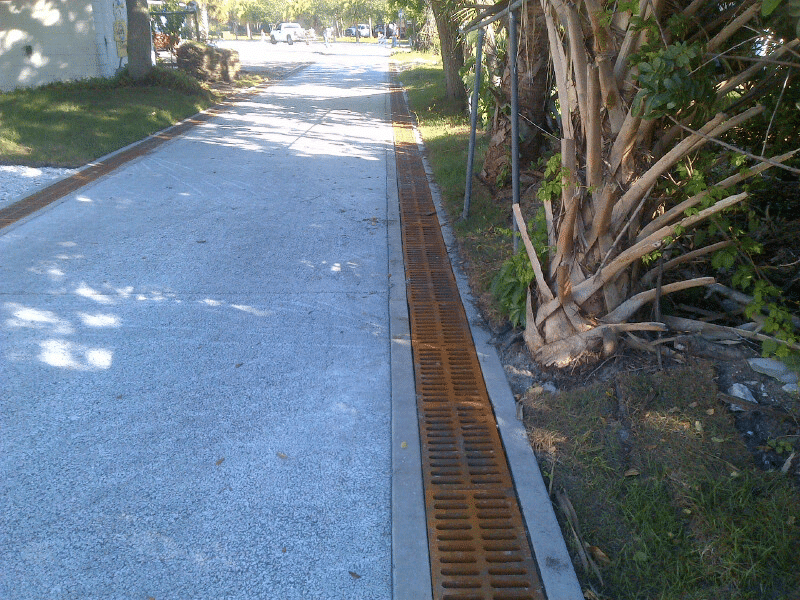
The french drain is another thing altogether. The french drain was not invented in France and has nothing to do with the french people. If fact, it was first called a cellar drain by the author of a book called “Farm Drainage”. This book about all types of drains, pipes, and surface water principles was published in 1859 by Henry Flagg French. His famous new drainage design later strayed from his “cellar drain” to being known as the “French drain”.
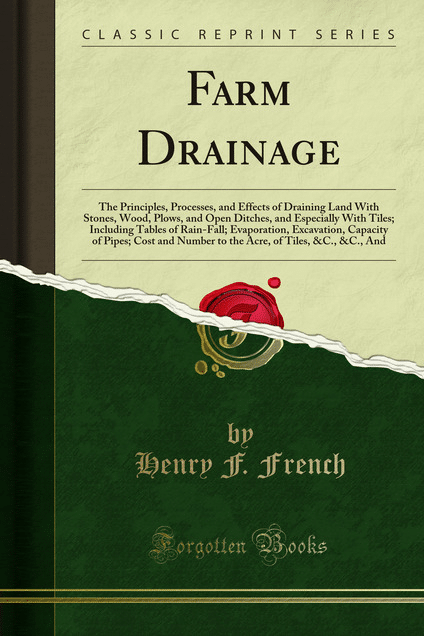
Both the trench drain and a french drain are designed to get rid of surface water, however, they both act very differently. The trench drain has an open top that immediately takes surface water into a channel and conveys it to another location. The French drain uses a perforated pipe that is buried and backfilled with gravel. The water percolates into the gravel and then into the pipe where it finds little resistance and flows to the outlet location. A French drain works well for surface water in areas that are not paved but does not function if paving is placed over the drain. French drains are often used underground at foundation walls to keep hydrostatic pressure down against the wall. This aides the waterproofing by keeping water pressure low. Trench drains are more and more useful in urban areas where the surfaces are paved. The water still must be controlled but a french drain will not work effectively.



